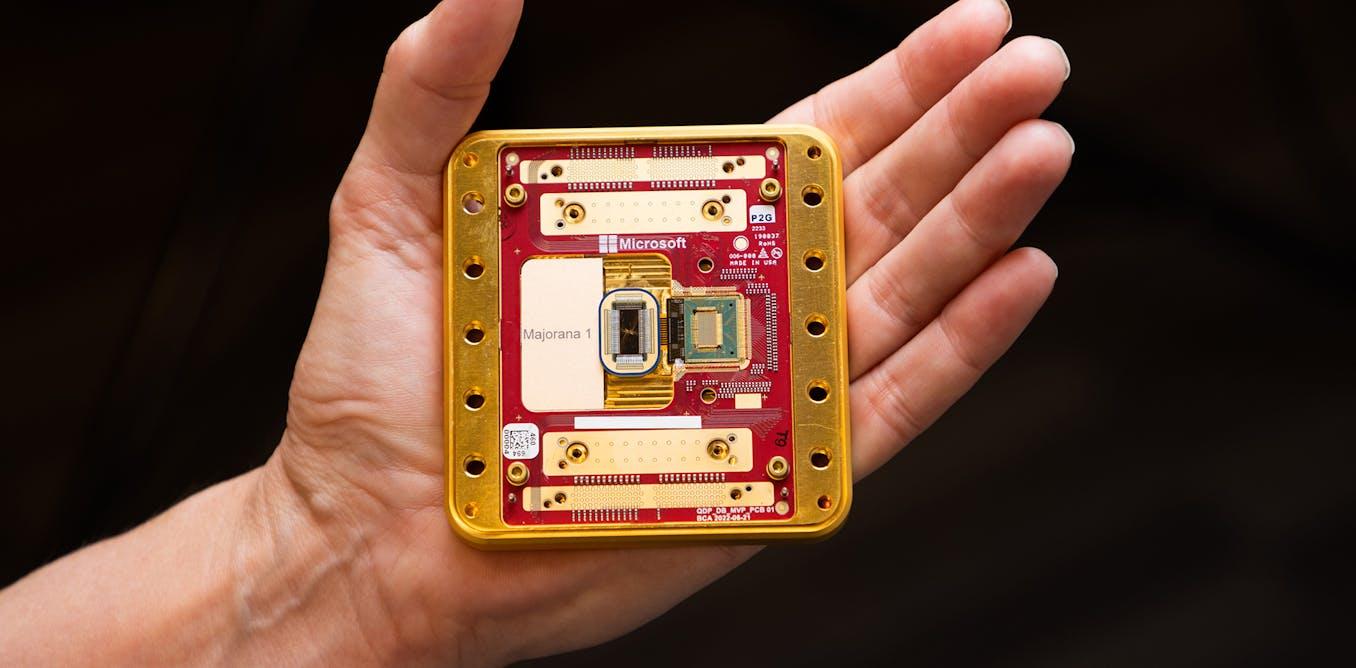In a groundbreaking announcement, Microsoft has claimed a significant breakthrough in the field of quantum computing, a step that could eventually revolutionize everything from cryptography to materials science. This latest advancement highlights Microsoft’s ambitious efforts in a highly competitive arena, involving tech giants like IBM and Google. But what exactly does this achievement mean for the future of quantum computing?
Understanding Quantum Computing
Quantum computing leverages the principles of quantum mechanics to process information in ways that are currently impossible with classical computers. Unlike classical bits that are either 0 or 1, quantum bits or ‘qubits’ can exist in multiple states at once, thanks to a property called superposition. This capability allows quantum computers to perform complex calculations at unprecedented speeds.
The Recent Breakthrough
Microsoft’s announcement reported a development in topological qubits — a new type of qubit that promises more stability and reduced error. Conventional qubits are notoriously sensitive to their surroundings, which makes maintaining their states a significant challenge known as decoherence. By contrast, topological qubits are designed to be more resilient, which makes them a potential game-changer in achieving a scalable quantum computer.
Implications for the Tech Industry
The implications of this breakthrough are vast. Firstly, more stable qubits could significantly accelerate the timeline for developing practical quantum computers. This technological leap could impact numerous industries by enhancing processes such as data encryption, optimizations in logistics, and drug discovery.
Moreover, if Microsoft successfully scales its quantum computing architecture using topological qubits, it may gain a competitive edge over other major players like Google and IBM who currently lead the quantum race.
Challenges Ahead
Despite the excitement surrounding this announcement, several challenges remain. Quantum computing is still largely in the experimental stage, with many technical hurdles to overcome before any form of commercial viability can be achieved. The task of isolating qubits from external interference while maintaining their entanglement and superposition abilities is a complex engineering challenge.
Expert Insights
To provide more context, a quantum physicist from the Conversation explained the significance of Microsoft’s new approach, stating that, “While the announcement is promising, full-scale adoption and integration into existing systems will take time.” This highlights the long-term nature of quantum computing development, which requires significant investment, innovation, and collaboration.
Microsoft’s Quantum Strategy
Microsoft has been strategically investing in quantum computing through its Azure cloud division, offering tools to develop quantum applications. By integrating research and development through academic partnerships and collaborating with leading research institutions, Microsoft aims to bring quantum computing into the mainstream.
Additionally, Microsoft’s unique approach in focusing on topological qubits could potentially set new benchmarks for constructing fault-tolerant quantum systems.
Conclusion
Microsoft’s announcement is a significant milestone in the journey towards realizing quantum computing’s potential. While the road to a fully operational quantum computer is long and fraught with challenges, innovations like the development of topological qubits bring us closer to that reality.
The tech world, businesses, and governments alike are keenly observing these developments, aware of the transformative impact quantum computing promises. Although the technological landscape will demand ongoing research and adaptation, each step forward underscores the tremendous potential that quantum computing holds for the future.
For more detailed analysis, you can read the original article here.

Hozzászólások